Takao Kawaguchi—About Kazuo Ohno
About Kazuo Ohno (1) (90min)
About Kazuo Ohno (2) (50min)
BUTOH Sunakku—Aftershow (45min)
After touring 38 cities worldwide since it first premiered in 2013 and being nominated for a Bessie award, Takao Kawaguchi’s About Kazuo Ohno (AKO) returns to Tokyo eight years later. This version of AKO, which is both a faithful reproduction and a bold reinterpretation of the legendary Butoh dancer Kazuo Ohno created by “totally copying” his movements, has been directed specially for film.
A “conceptual performance about Butoh”, this piece by Takao Kawaguchi completely copies the moves of Kazuo Ohno, as recorded in archived footage of his masterpieces. Kawaguchi’s performance, which is devoted to copying, paradoxically illuminates the charm, scale, and mystery of Kazuo Ohno’s dance, while also bringing the artist Takao Kawaguchi to light. Since its premiere in 2013, this piece has been performed in 38 cities around the world, and in 2016 it was nominated for the Bessie Award. This video is a recording of the performance that took place at the Ueno Park Amphitheater in Tokyo for the first time in eight years, in June 2021.

photo by Tatsuhiko Nakagawa
About Takao Kawaguchi
Takao Kawaguchi has been involved in a variety of experimental theatre and performance projects since the latter half of the 1980s. He formed the ATA DANCE company with Atsuko Yoshifuku in 1990 after returning from studying in Spain. He was a member of Dumb Type from 1996, and appeared in OR, Memorandum and Voyage.
Since 2000 he has been performing solos in addition to numerous collaborations with many other artists, starting with Fuyuki Yamakawa and Atsuhiro Ito, then Takayuki Fujimoto and Tsuyoshi Shirai in true (2007–11), with Hong Kong artist Dick Wong in Node / The Old Man of the Desert (2013), film director Koichi Imaizumi in Tri_K (2010–12) and Jonathan M. Hall in TOUCH OF THE OTHER (2015-16).
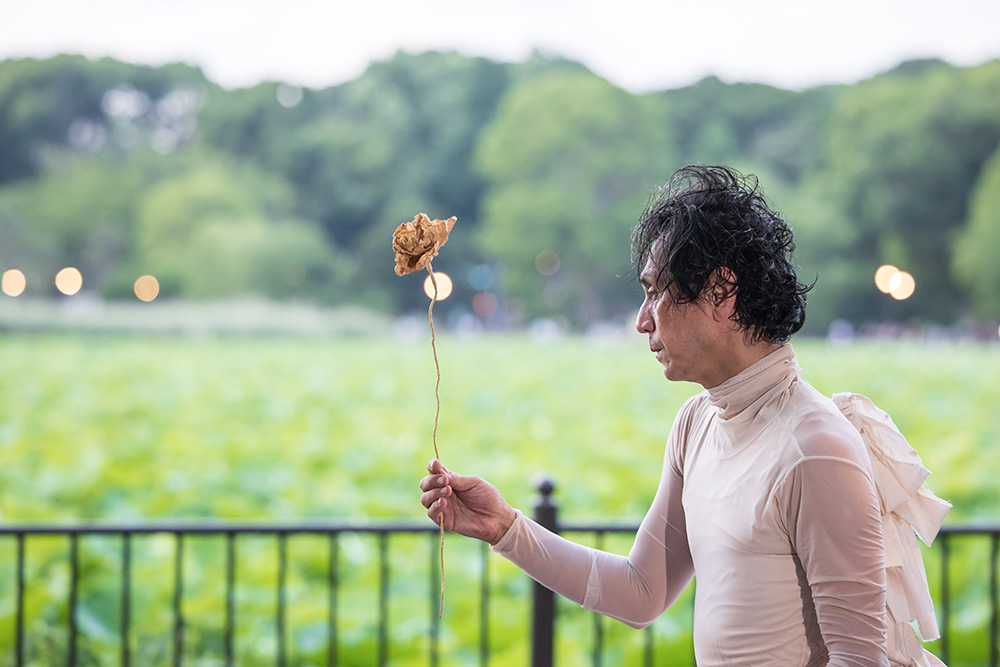
photo by Tatsuhiko Nakagawa
He has worked in many roles, having also directed the Tokyo International Lesbian & Gay Film Festival (1996–99), translated Derek Jarman’s Chroma, appeared in Edmund Yeo’s short film KINGYO (which was invited to the 2009 Venice Film Festival) and in Chikako Yamashiro’s The Beginning of Creation, Abduction / A child (2015). He will be appearing in Reframing, which is due to be released in August. He also the TRU artistic director.
Kawaguchi first began making works based on Butoh in 2012 with The Sick Dancer, which he performed with Tomomi Tanabe. He then went on to create About Kazuo Ohno in 2012, which he still continues to perform today.
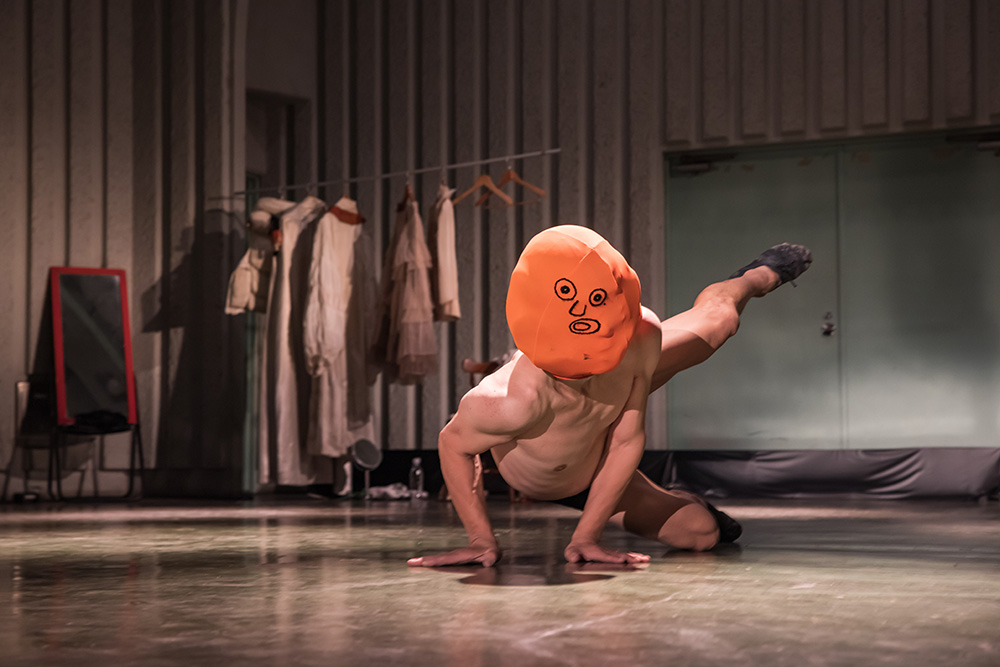
photo by Tatsuhiko Nakagawa
About About Kazuo Ohno
Using archived footage of performances by Kazuo Ohno (1906–2010), who together with Tatsumi Hijikata created a new form of body expression called Butoh, Takao Kawaguchi completely copies Kazuo Ohno’s movements, reviving him as a dancer.
According to Kawaguchi, he first came across Kazuo Ohno while searching for a physical expression to explore his inner self through trial and error. He never saw Ohno perform in real life. He copies Ohno’s dance through studying archived performance videos, visiting people who knew Ohno, and creating numerous drawings to memorise the movements.

photo by Tatsuhiko Nakagawa
The piece begins with a reinterpretation by Kawaguchi of A Portrait of Mr. O (directed by Chiaki Nagano, 1969) an independent film shot by Kazuo Ohno while taking a break from the stage. It is then followed by a change it costume and copies of selected footage from three works directed by Tatsumi Hijikata: Admiring La Argentina (1977), My Mother (1981) and Dead Sea (1985). Filmmaker, director and TRU curator naoto iina worked on this as a dramaturge.
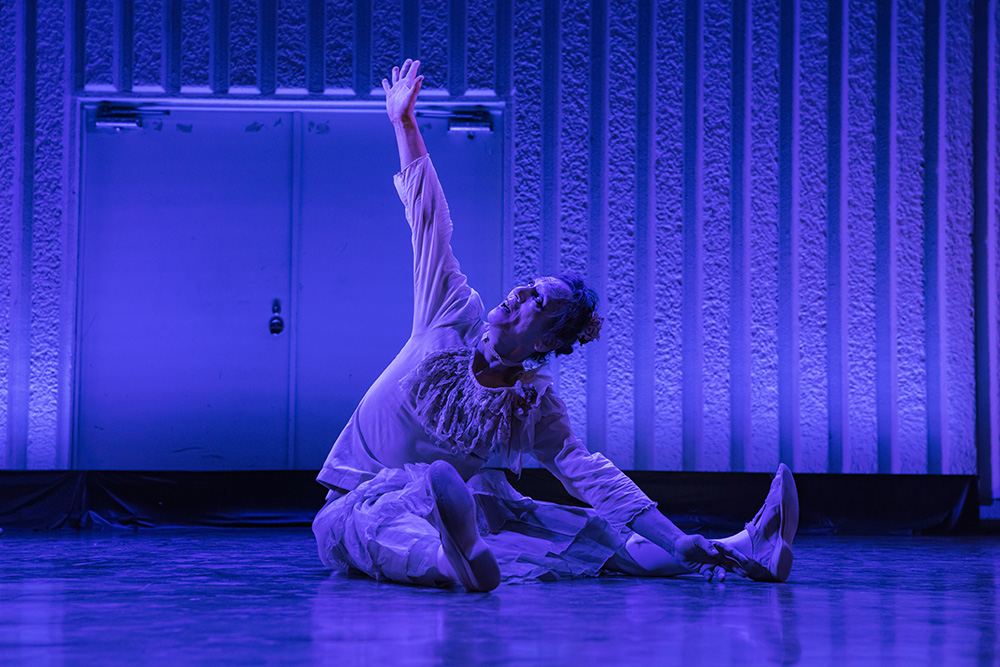
photo by Tatsuhiko Nakagawa
Kawaguchi dances to the sound of the original performance in the archived footage. Sounds of audience members clearing their throat, and applauding at the end can be heard, and on occasion the sound of Kazuo Ohno’s footsteps can be heard mingled in with the music, a margin out of time with the movements by Kawaguchi. As all those who have seen Ohno perform in real life, those who have seen him on film, and those who had never even heard of him before layer their imagination over the body of Kawaguchi, the presence of Kazuo Ohno can be felt as a gentle ghost.
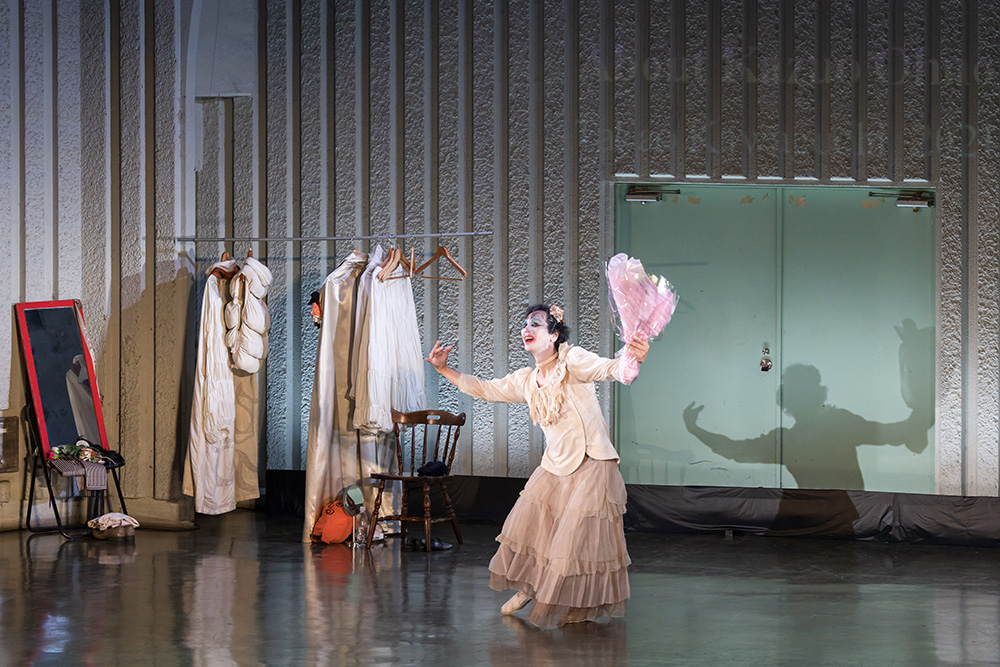
photo by Tatsuhiko Nakagawa
Credit
About Kazuo Ohno Filmed Performance
Direction and Performance
Takao Kawaguchi
Featured Film
naoto iina
Film Appearance
Yoshito Ohno
Costume
Noriko Kitamura
Dance Analyst and Coach
Tomoko Hirata
Stage Management
Takashi Kawachi
Lighting
Noriyuki Mori
Sound
Noriaki Coda
Filming & Editing
NPO LAND FES
Photography
Tatsuhiko Nakagawa
Tzvasa Wada
In Cooperation with
Kazuo Ohno Dance Studio
Studio Cypress
Tomomi Tanabe
Yumi Tateishi
Yurika Kuremiya
Original About Kazuo Ohno (2013 premiere)
Concept and Performance
Takao Kawaguchi
Choreography
Kazuo Ohno
Tatsumi Hijikata
Dramaturge, Film, Sound
naoto iina
Lighting
Toshio Mizohata
Film Appearance
Yoshito Ohno
Costume
Noriko Kitamura
In Cooperation with
Kazuo Ohno Dance Studio
Organisers
Tokyo Metropolitan Government,
Arts Council Tokyo (Tokyo Metropolitan Foundation for History and Culture)
Planning and Production
NPO Dance Archive Network
Artist
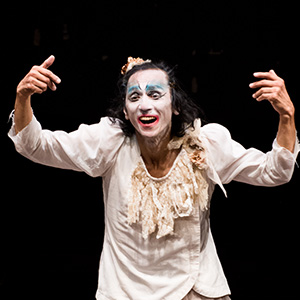
Takao Kawaguchi
Joined the performance group Dumb Type in 1996. Began a solo career in 2000, exploring the boundaries of performance across theatre, dance, video and art. In 2008 he began a solo performance series called a perfect life, which was presented at the 5th Yebisu International Festival for Art and Alternative Visions in 2013. In recent years, he has been working on performances that are related to Butoh, including The Sick Dancer (with Tomomi Tanabe, 2012) and About Kazuo Ohno (2013). The latter was nominated for an NYC Bessie Award, and was shown at Théâtre de la Ville in Paris in 2018.
http://www.kawaguchitakao.com/
Guest speaker
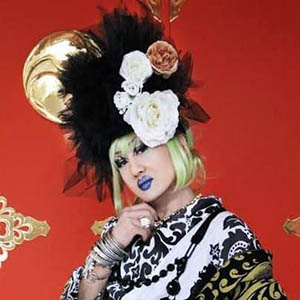
Vivienne Sato
Artist, writer, “unarchitect”, drag queen and promoter. Working across a wide range of disciplines, she analyses pieces with her own unique artistic theories, and critiques not only artwork, but also films, plays and the city—anything under the framework of “contemporary”. She also holds headdress workshops for children and adults across the country. Regarding headdresses and makeup as something magical, as opposed to fashionable or related to pop culture, she defines them as not something to “transform” or “change” a person, but a way to “expose” or get down to the “essence” of their true self. Seeing “regional development” and “human development” as synonymous, she is also engaged in projects with municipalities, local governments and private organisations all over Japan, in roles such as town development consultant in Shichinohe, Aomori, and Onomichi Tourism Ambassador. Sun Music talent artist. Visiting professor at Taisho University. She has been a judge for the Yokohama Dance Collection Competition I since 2014.


